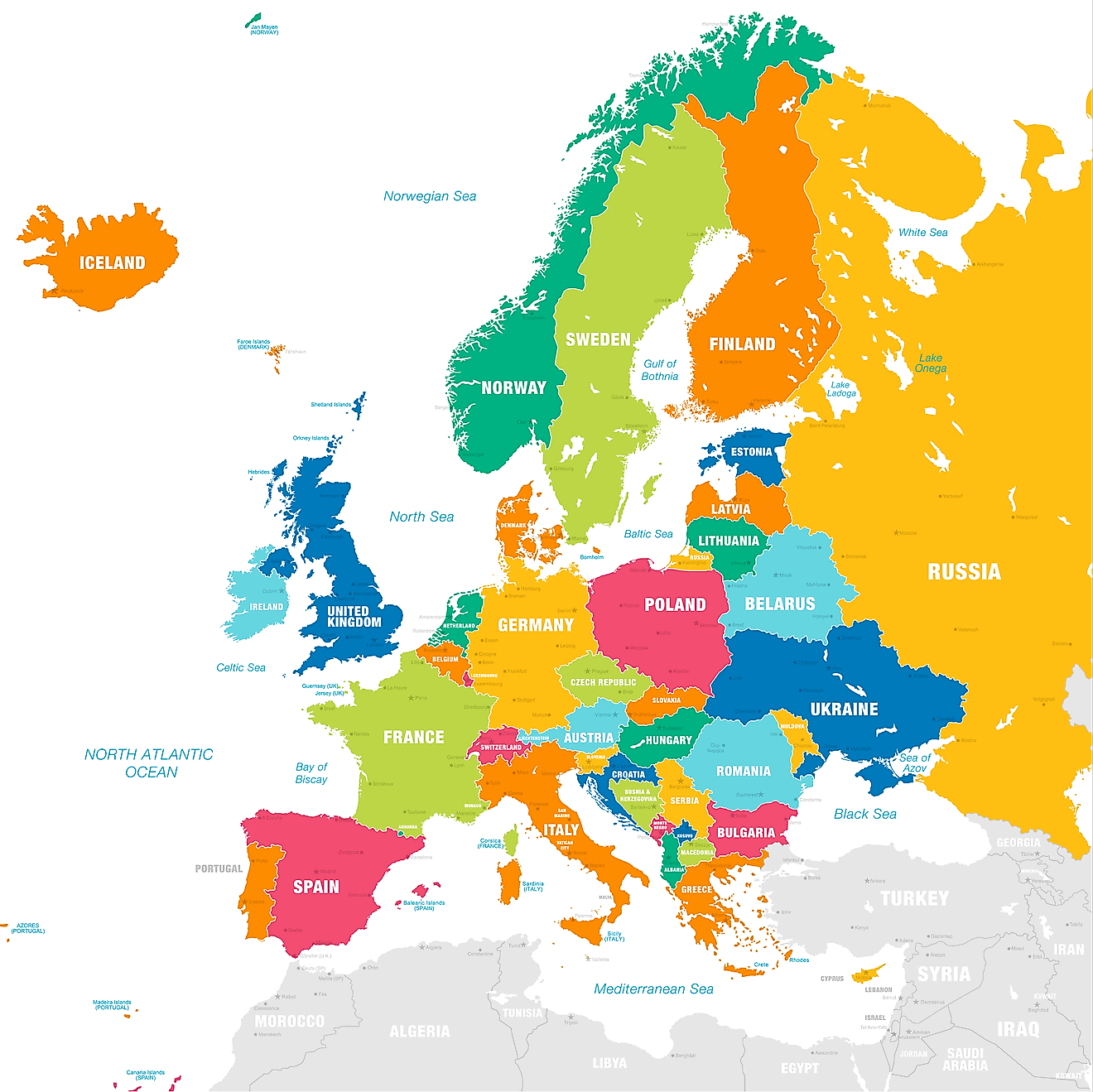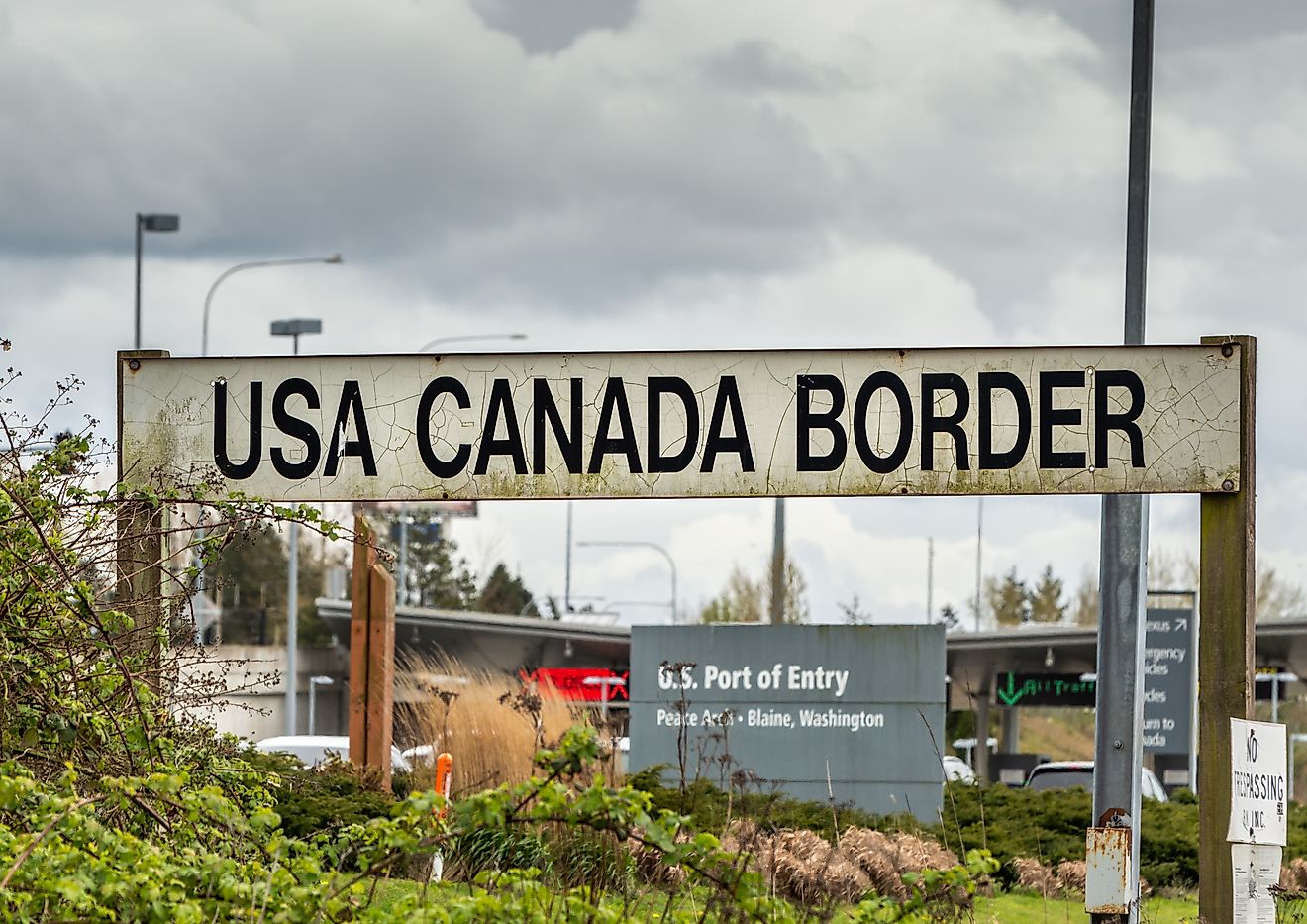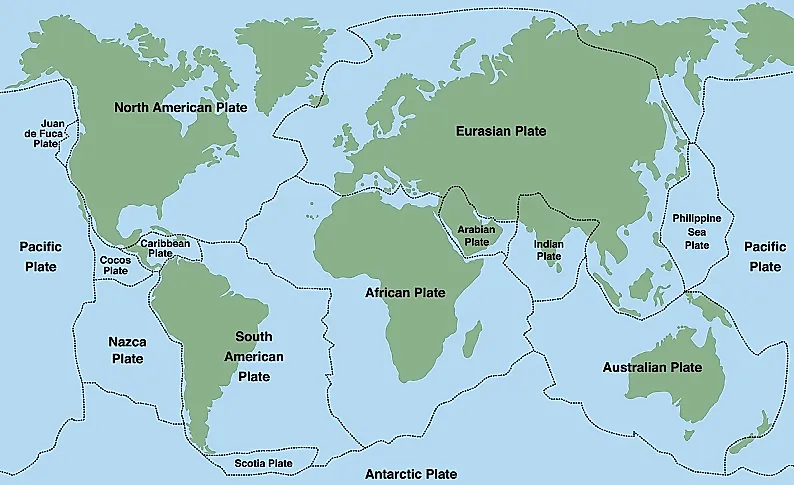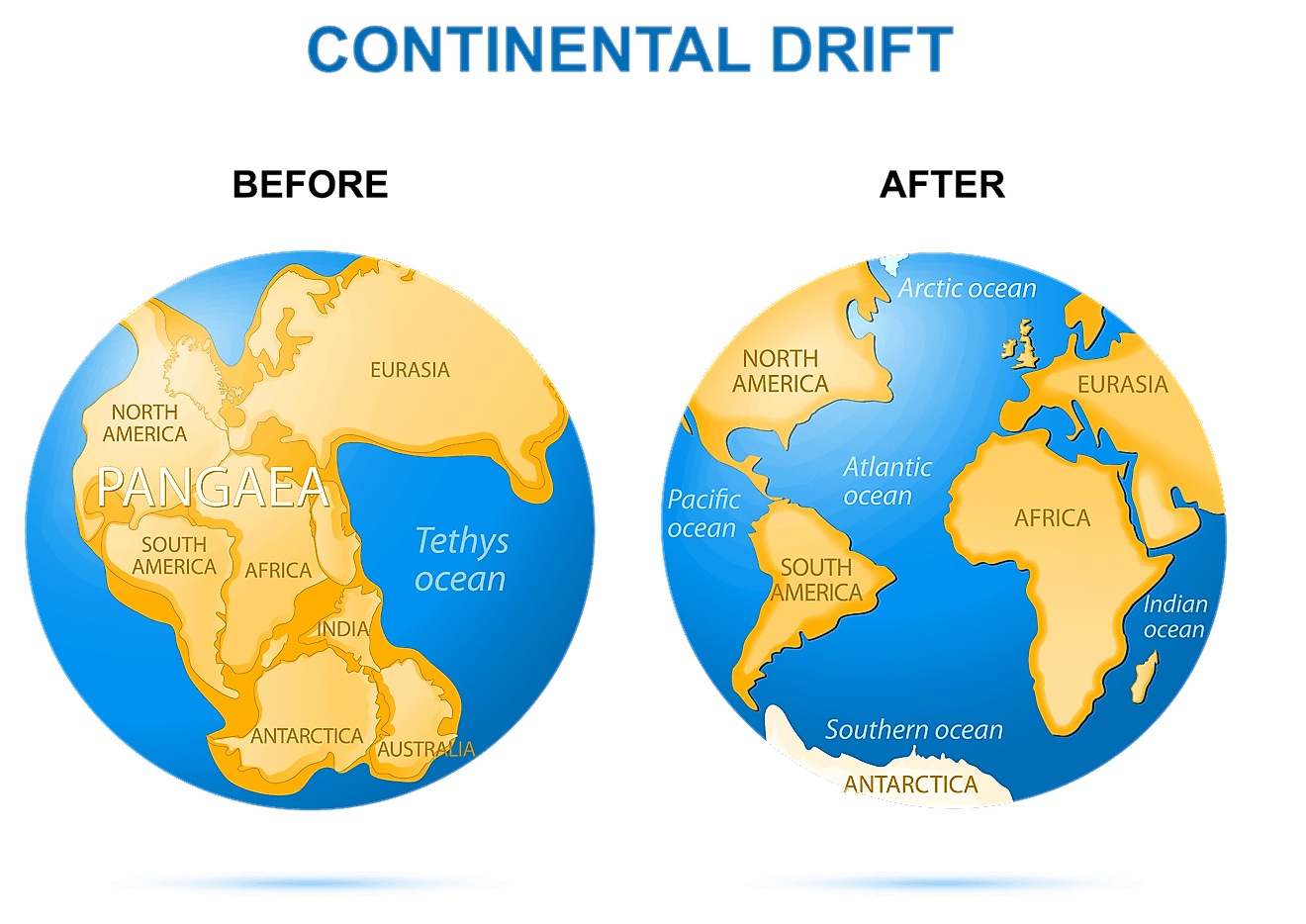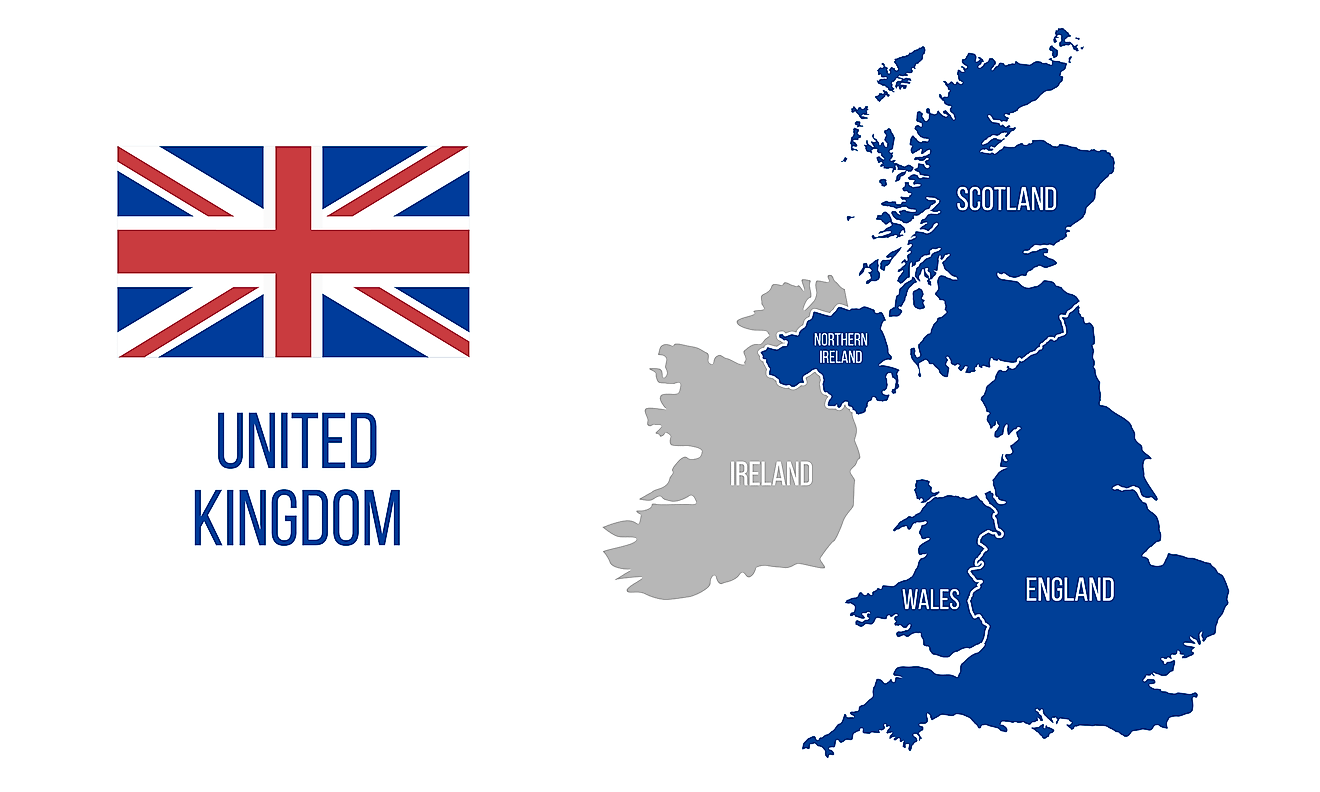
What Is A Region?
In geography, a region is defined as a large area with common physical or human impact characteristics. Geographers often group places or areas based on shared or common features. The features that define a region are physical, cultural, or political. Physical features include mainly natural features such as landforms, ecosystems, and drainage basins, while cultural features include religion, language, and local practices. A region is an essential concept in geography because it allows geographical areas to be described in regional terms. A region has three components: natural environment, physical elements, and socio-cultural contexts. However, some regions are mental constructs that exist more in the mind rather than the physical.
Global Regions
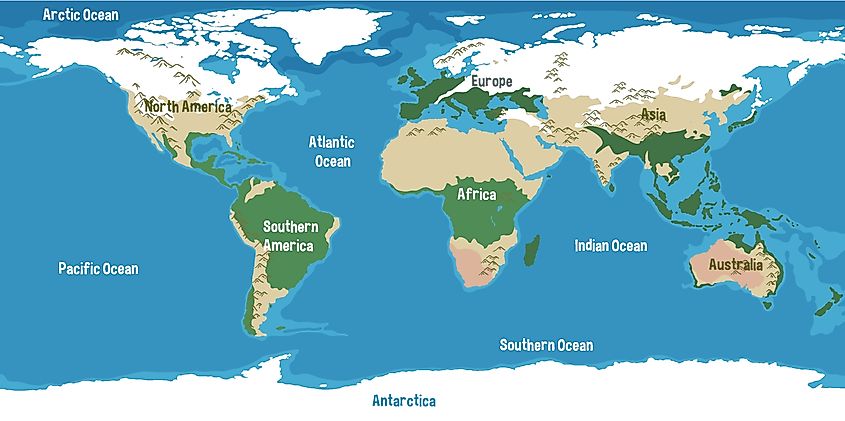
Planet Earth can be divided into two major regions: water and land. Water occupies about 70% of the Earth’s total surface and is further divided into other regions, including oceans, lakes, seas, bays, rivers, and streams. However, the World Ocean is the largest of all water regions. It is divided into five oceanic regions: Pacific, Atlantic, Indian, Southern, and Arctic Oceans. Some of these oceans are further divided into sub-regions. For example, the Atlantic Ocean is divided into North and South Atlantic.
Earth’s lands are also divided into several regions, with continents as the largest land regions. There are seven major continental regions on Earth: Africa, Antarctica, Asia, Australia, Europe, North America, and South America. These continents are further divided into regions. For instance, North America has Northern America, Central America, and the Caribbean Region, while Africa has Eastern, Western, Southern, Northern, and Central Africa. Some continental regions, such as the Sahara (Africa) or the Amazon Basin (South America) are identified by variations like climate, natural resources, or landforms.
Regions Of Human Geography

Human geography is a branch of Geography concerned with the interrelationship between humans and the environment and how such relationships vary across locations. It is different from other branches of geography in that it involves concepts such as place, space, nature, landscape, and mobility. Environmental geography act as a link between physical and human geography. There are numerous regions of human geography, including political, religious, historical, natural resource, traditional, and administrative regions, among others.
Besides continents, the planet is divided into numerous political regions or units known as countries. However, there are also political or administrative regions within a country, including states, provinces, counties, or territories. Countries can also organize themselves into regions, for example, the European Union.

Regions where a specific religion is practiced on a wide scale may be given a regional name denoting that religion. For example, a region encompassing North Africa and the Middle East is often referred to as the “Muslim World” because Islam is the dominant religion. Some religious groups like the Church of England or Roman Catholic Church also divide their jurisdictions into ecclesiastical regions, including parishes, diocese, and ecclesiastical provinces.
Since tourism plays a significant role in any country’s economy, some countries have designated tourism regions within their territories. These are regions of environmental or cultural significance, bearing much of a country’s history. The regions are often given names that highlight the qualities they represent. For example, California’s Wine Country is a region in the United States famous for its winery.




